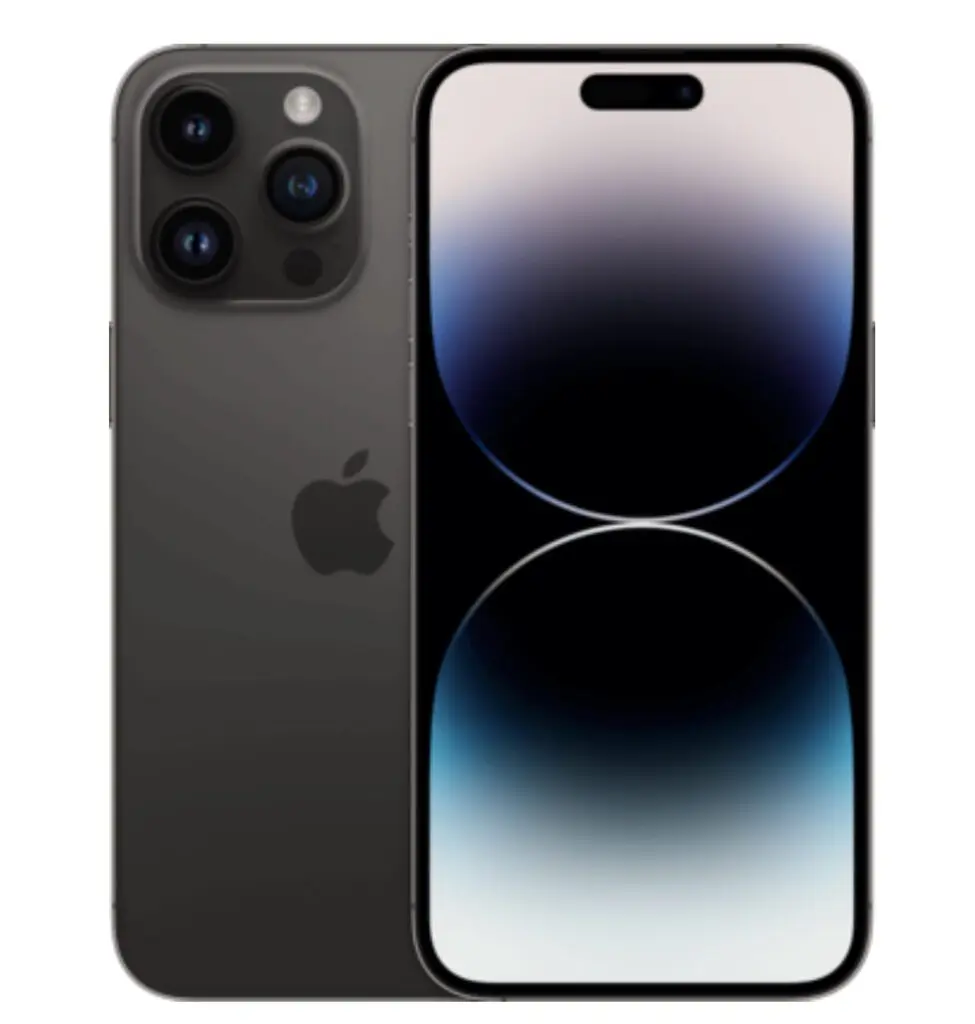The Weekly Reflektion 32/2023
There is no doubt that technology will continually be developed, and that new technology will have a significant impact on our lives. Development in technology is also likely to have a significant impact on Major Accident prevention. Technology that removes people from the hazard follows an important principle in inherently safer design and is positive. Technology that improves the functionality and reliability of barriers should reduce the probability of a Major Accident. All changes, including changes in technology, can introduce new hazards and new ways of compromising barrier integrity. The challenge, as is often the case, management of change.

Will development of technology increase or decrease the probability of a Major Accident?
In our Reflektion in week 25/2023 we also covered our concerns on the future causes of Major Accidents.
The earliest smart phones stemmed from IBM engineer Frank Canova’s work in incorporating chip-and-wireless technology in handheld devices. The first commercially available device that could be described to as a ‘smartphone’ was the ‘Angler’ developed by Canova in 1992. A refined version was offered to consumers in 1994 as the Simon Personal Communicator. The term ‘smartphone’ was attributed to the AT&T’s PhoneWriter Communicator in 1995 in a magazine article and was first used by Ericsson in 1997 to describe their new device the GS88.
Development continued through the late 1990s and early 2000s with significant advances in hardware, software and battery technology. The iconic presentation of the original Iphone by Steve Jobs at the MacWorld keynote speech in 2007 is often considered the start of the rise of the modern-day smartphone. The main change introduced by Apple was the large touchscreen interface, and the elimination of the push button and the stylus. This was a revolution at the time. Today it seems hard to imagine life without the modern smartphone, which is mind boggling considering that it is only 16 years since its introduction.
Smartphone, tablets and other screens used for information management have also created hazards that have resulted in loss of life. In an article that asked the question whether technology is increasing or decreasing Traffic Accidents, the smartphone was identified as one of the main safety concerns associated with driving and car accidents. Luckily the advances in vehicle safety technologies in particular radar, automatic reaction to crossing lines in the road and proximity switches, can give a timely warning to a distracted driver.
Smartphones give us easy access to entertainment, in particular on long journeys, or even just sitting in slow traffic in these never-ending queues. We never need to be bored any more as just about whatever we want is instantly accessible. We are becoming unable to tackle boredom and have little patience just to sit and wait until we have reached our destination. Our concentration lapses as we unconsciously leave most of the driving to the vehicle itself. The temptation to pick up and use the smartphone is always there and of course the vehicle safety systems will provide the margin we need to prevent an accident in case of any unexpected event, or will they? The ultimate objective may be to give over full control to the vehicle and ultimately rely on self-driving cars. We are however not there yet and in the meantime, we need to be ensure that our need for entertainment doesn’t distract from responsible operation of our vehicles.
